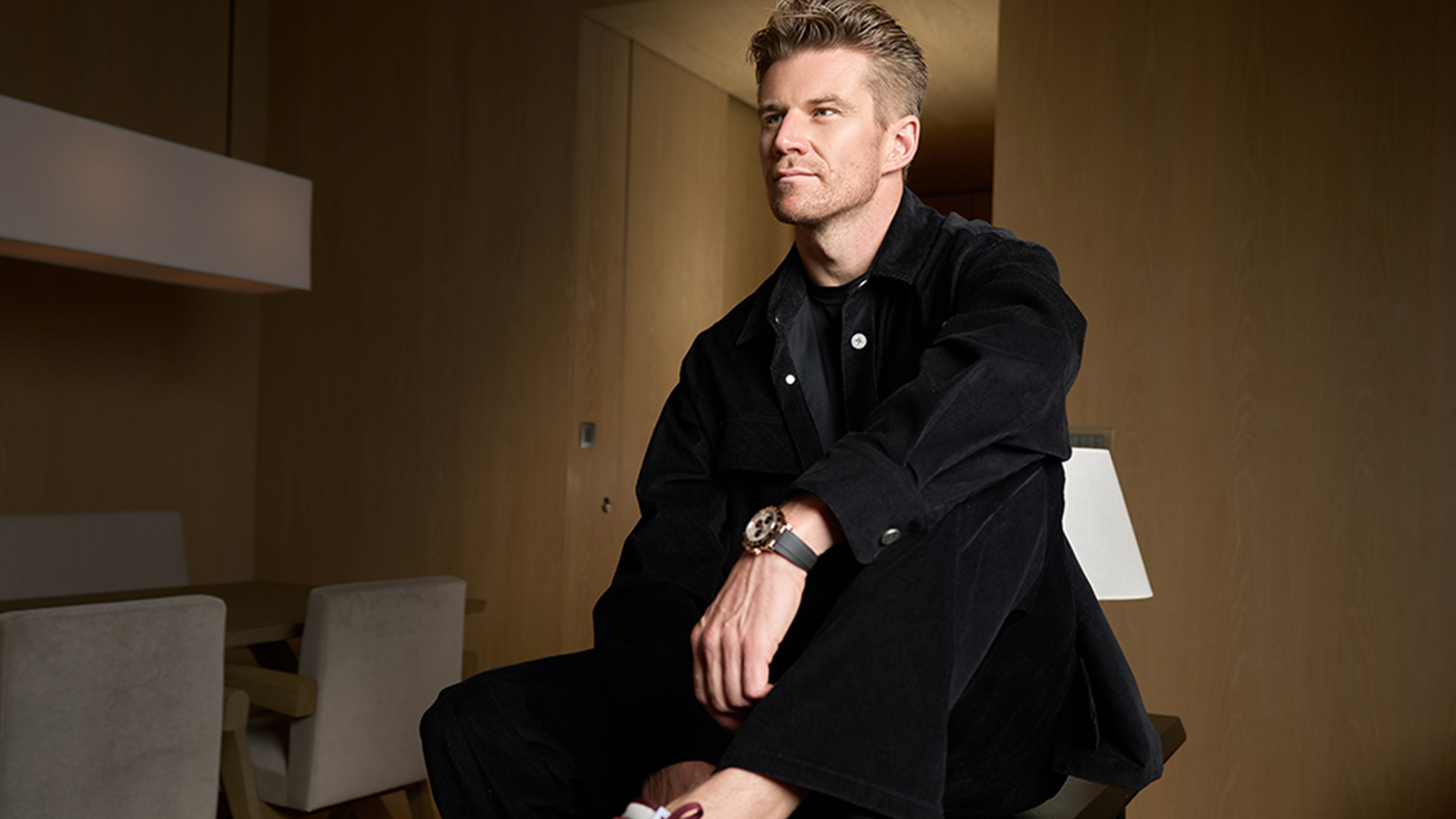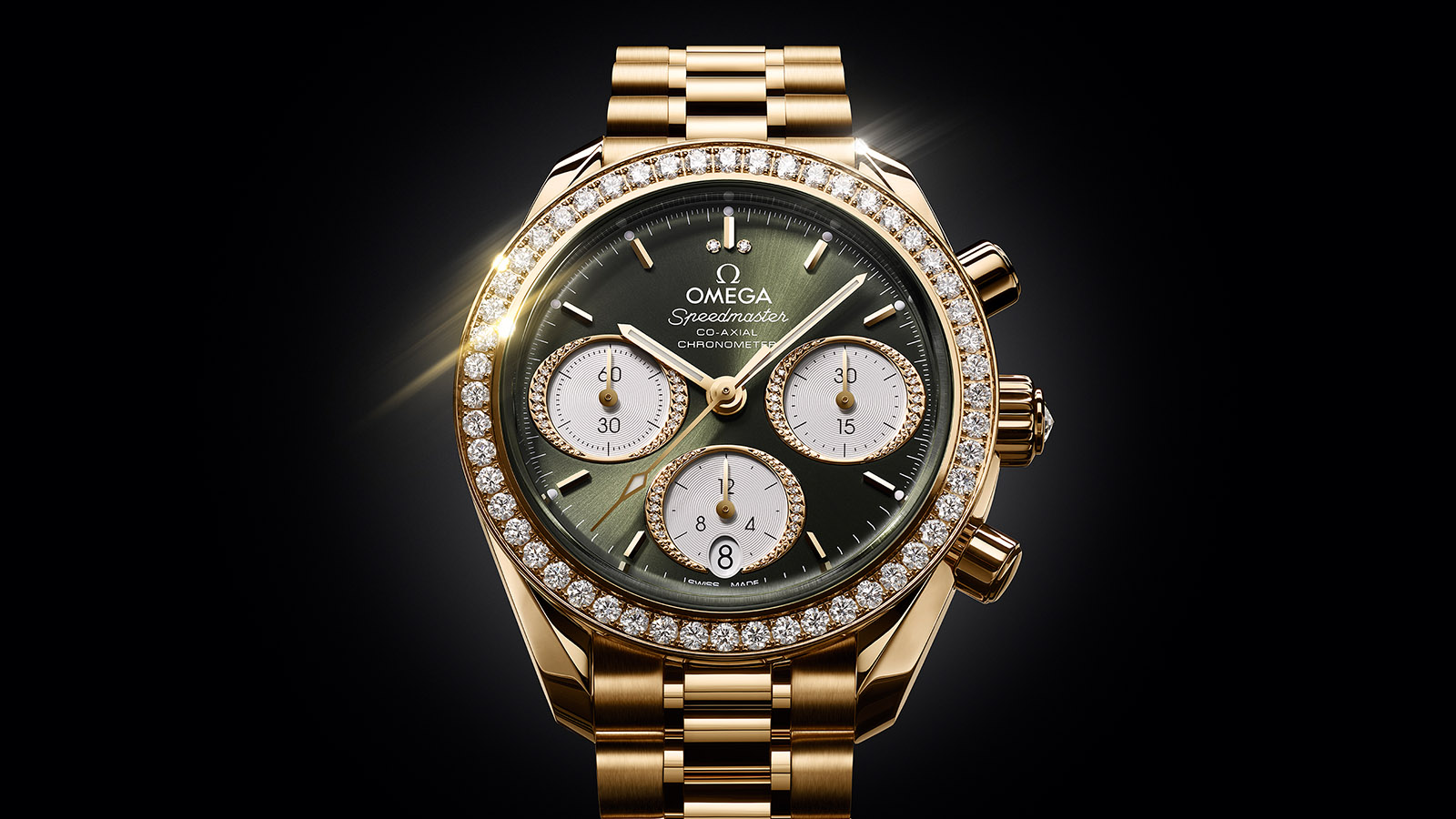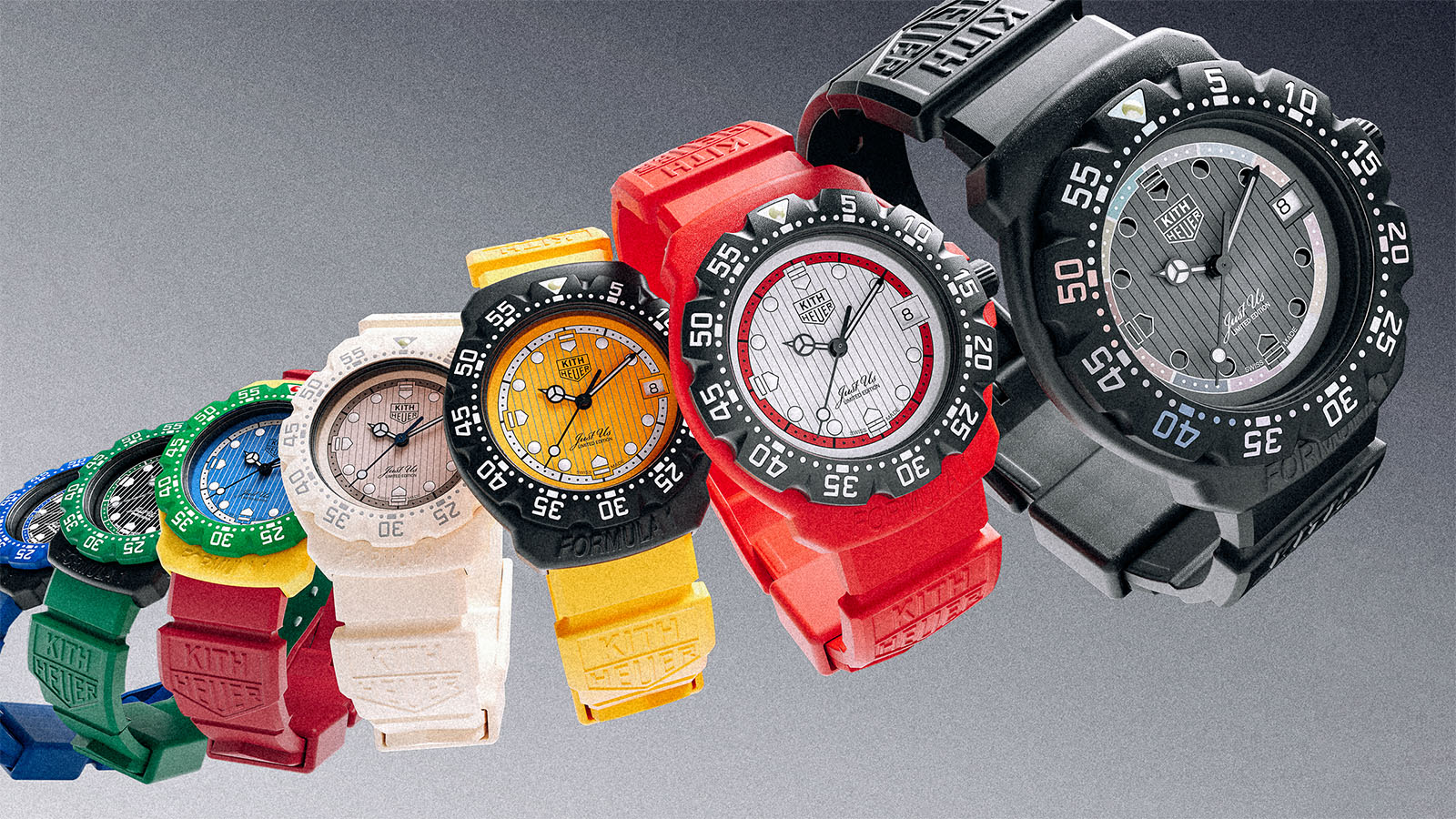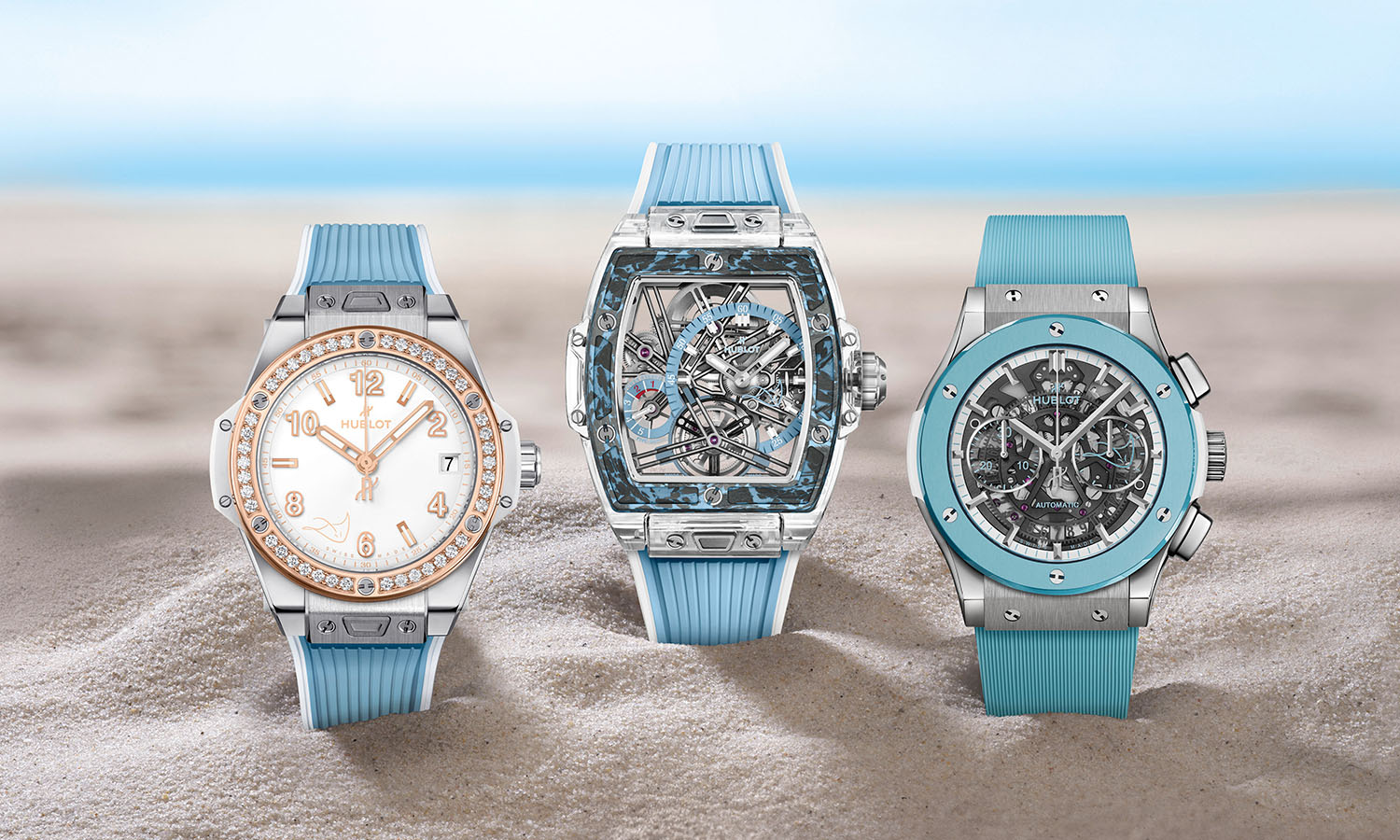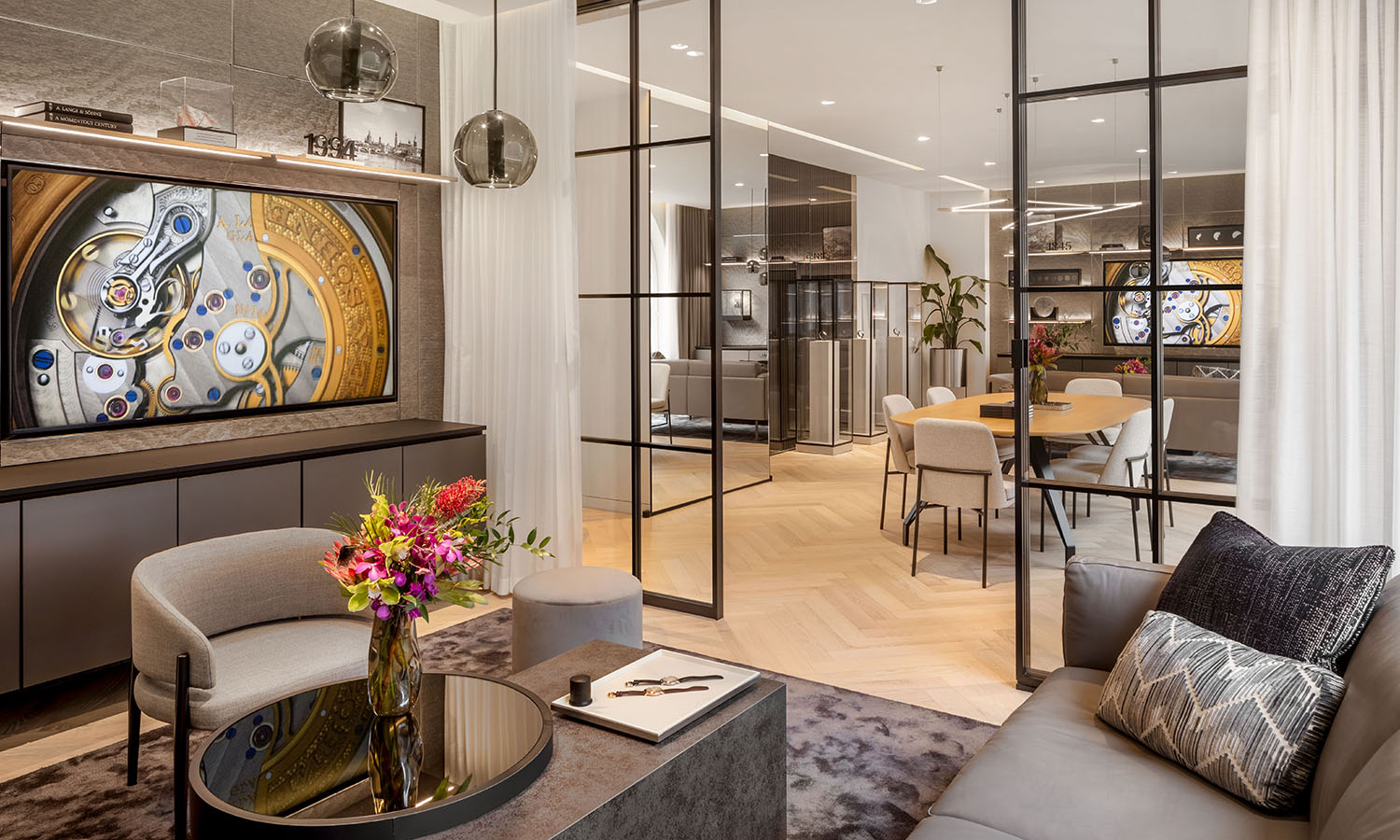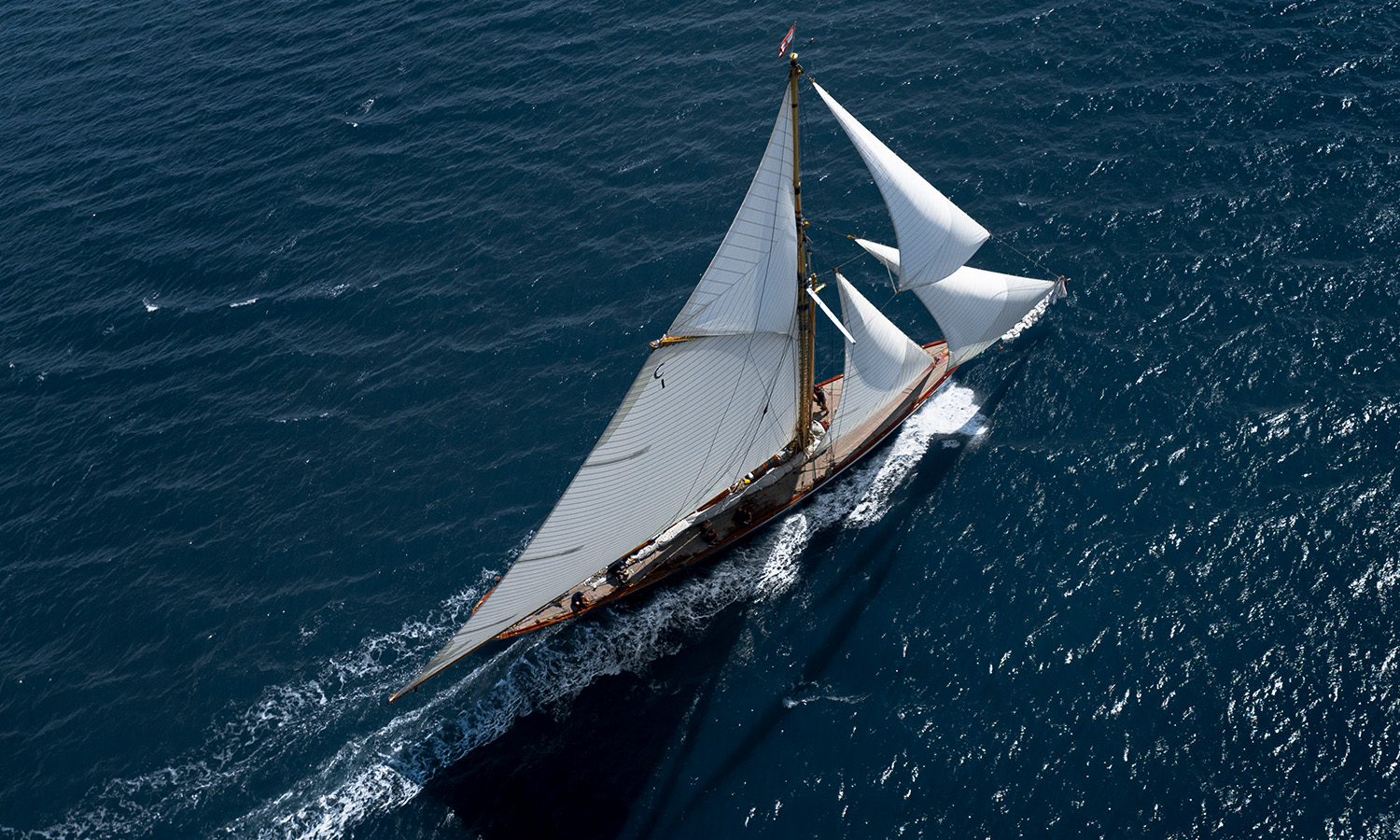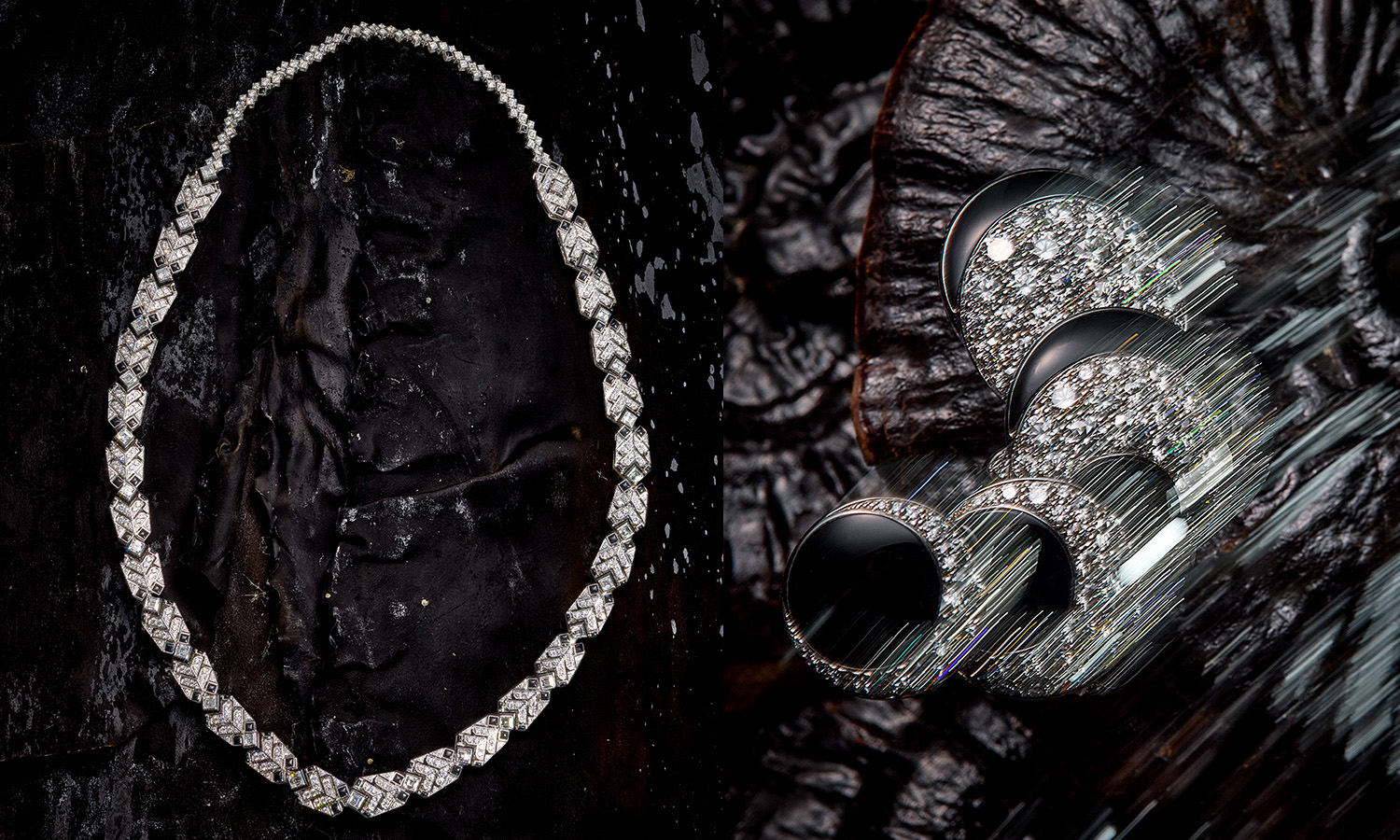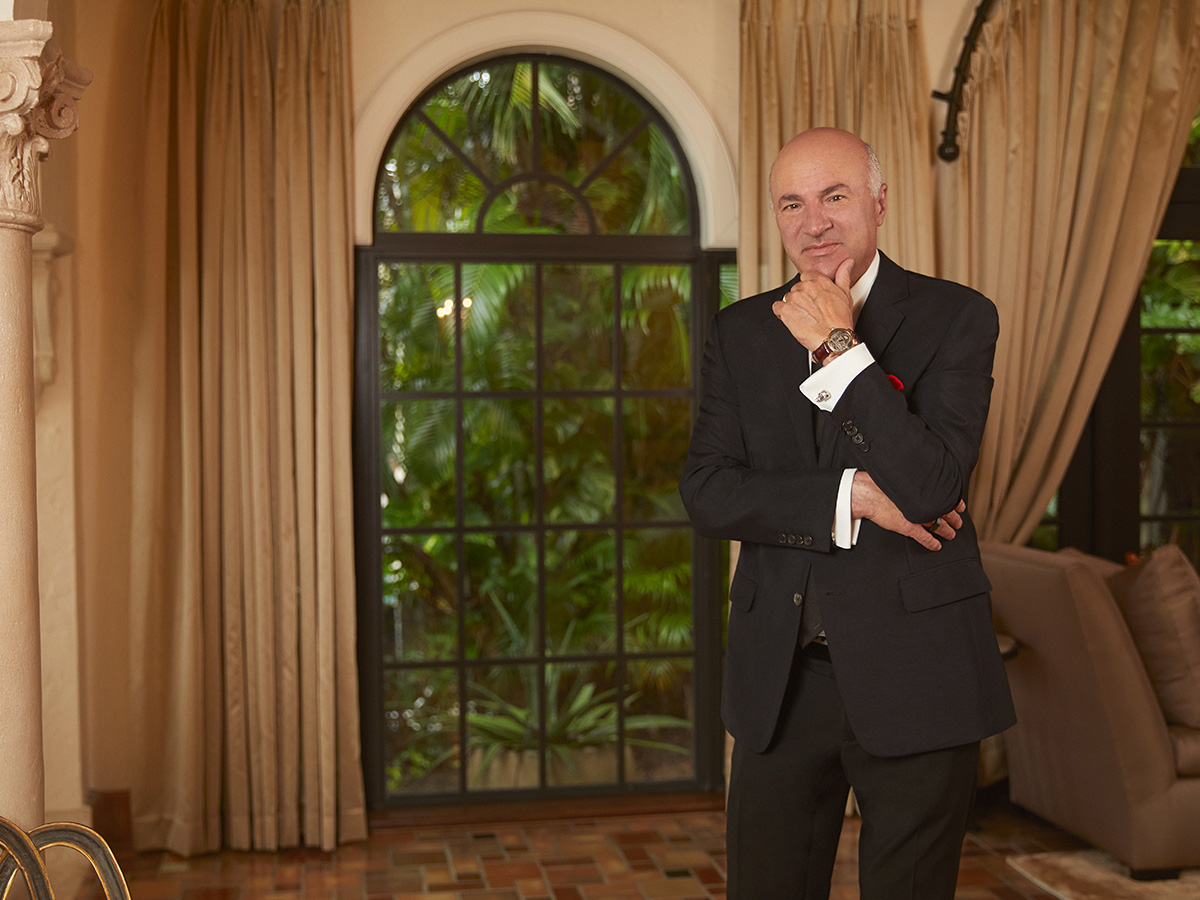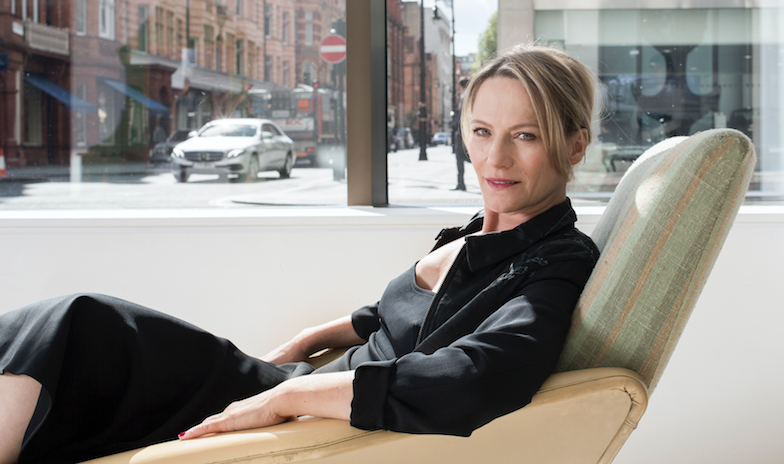
One-On-One With World-Record Breaking Phillips Auction House Chairman, Cheyenne Westphal
With headquarters in New York and London, Phillips Auction House is one of the go-to destinations for contemporary art enthusiasts and collectors from all around the globe. Phillips also conducts sales in Photographs, Editions, Design, Watches and Jewelry and recently auctioned off Paul Newman’s Rolex Daytona for a whopping (and world record-breaking) $17.8 million. Its expert team, with Cheyenne Westphal as Chairman, is nothing short of extremely knowledgeable and experienced in the vast and expanding world of contemporary art. As Ms. Westphal celebrates her one-year anniversary with Phillips, we had the opportunity to sit down with her and discuss Phillips’ most recent London auction, her highlights and challenges and the future of the contemporary art world as a whole.
Has social media had an impact on the art world, and if yes, how so?
Social media has had an enormous impact. More people than ever are using social channels and mobile apps to discover, engage with and, increasingly, buy art. Instagram has become the dominant channel in the art world as its hyper-visual format is especially well-suited for existing and emerging collectors to discover art. Social media has impacted the way museums, galleries and auction houses build audiences and engage with an ever-growing network of art lovers, collectors and patrons. In a global and technology savvy world, social media humanizes art institutions by offering a way to create communities.
What are some areas of growth in the contemporary art market, in terms of trends, artists, etc.?
The hunger for contemporary art has never been stronger and collectors’ tastes have never been broader. Collectors, dealers and museums are mining the past to rediscover overlooked artists, leading to a richer understanding of what really happened over the last century.
One area of increasing interest is Latin American art as regional boundaries are breaking down, leading to our recent decision to incorporate Latin American art into our 20th Century & Contemporary Art auctions. For example, we included Fernando Botero’s Fin de Fiesta in our Hong Kong Evening Sale because of rising demand for the artist in Asia—and the work received a very enthusiastic response. Photography is performing exceptionally well. Similar to Latin American Art, we’re seeing vast crossover with traditionally contemporary art collectors looking to photography to build their collections.
What’s more, long overdue credit is being given to artists of color. Last fall, our Senior Advisor Arnold Lehman, who led the Brooklyn Museum for 18 years, curated a very popular exhibition of extraordinary artists in our London gallery, which included work by Kehinde Wiley, Jean-Michel Basquiat, Jack Whitten, David Hammons, and many others. And in our most recent London auction, we set a world-record price of $11.9 million for Mark Bradford’s Helter Skelter I, an astonishing work by one of the greatest painters of our time.
Did any of the London contemporary art auction results surprise you, and what predictions do you have for the market as a whole, based on its results?
Let’s say we were very pleasantly surprised by our results in London as Phillips’s 20th Century & Contemporary Art team achieved the highest sale total in the company’s history. It was fascinating to watch collectors’ intense interest in the art of the last 100 years with heated competition for masterpieces spanning the century – from Matisse’s Nu allongé I of 1907 to Picasso’s La Dormeuse of 1932 through Mark Bradford’s Helter Skelter I of 2007. Based on our very strong London sale, I’m excited about 2018. We’re already seeing quality material coming in for our May auctions in New York, and I’m optimistic about the rest of the year.
As you approach your one-year anniversary with Phillips Auction House, what have been some of your highlights?
It’s been an extraordinary year. First of all, I’ve had the opportunity to work with an exceptional team assembled by Edward Dolman, our CEO. And Phillips’s overall sales in 2017 rose 25%, driven by a strong market for contemporary art, increased sales in Hong Kong and strong performances by all of our departments.
There were wonderful individual highlights throughout the year: We set a world-record price of $28.8 million for Peter Doig’s painting Rosedale, our Photographs department sold an exquisite collection of images by Henri Cartier-Bresson, and we capped off the year by selling Paul Newman’s Rolex Daytona for $17.8 million, a world-record price for a wristwatch at auction. Our most recent 20th Century & Contemporary Art auction in London, the biggest sale in the company’s history, was a lovely way to celebrate my one-year anniversary.
Contrarily, what have you found most challenging in your first year with Phillips Auction House?
Well, cracking the age-old duopoly of Christie’s and Sotheby’s is not an easy task – they’re both very good at what they do. But I’m confident we’re making a real impact. Our strategy of focusing solely on the aesthetic movements of the 20th and 21st centuries has made Phillips a disruptive force in the market and a viable third option for collectors. There is tremendous talent here now, and I see no reason why we can’t continue to take more market share and level the playing field. Since Edward Dolman joined as CEO in 2014, our sales are up 80%, and I believe that growth will continue. As Phillips is adapting to engage with as many collectors as possible, we’re interacting with younger collectors increasingly important to our business.
In your opinion, who are some up-and-coming artists that the art world should keep an eye on and why?
I would keep an eye on female artists who are producing brilliant work. Female artists are increasingly exhibited in museums, art fairs and galleries – not because they’re women, but because they’re creating work that’s new and thought-provoking. There were many women at the Venice Biennale this year and their performance in the German Pavilion was the talk of the entire Biennale – especially Anne Imhof. Artists represented in 2017’s Whitney Biennial should also be given attention: Shara Hughes and Celeste Dupuy-Spencer, for example, have performed exceptionally well and will no doubt continue to do so in seasons to come.
I believe you’ve also been working with jewelry at Phillips. How does your experience in contemporary art lend itself to the jewelry world?
I am championing the best of art and design across all categories, and contemporary jewelry fits that mold. There is an established relationship between collectors of contemporary jewelry, art and design, requiring understanding and appreciation of the artist as well as the confidence to own and wear important pieces. A critical component of our strategy is to create cross-marketing opportunities within Phillips as collectors of contemporary art and design also tend to appreciate fine watches and jewelry. Contemporary jewelry represents a growing discipline and an extension of where we see the current market.
Ms. Westphal would also like to add the following:
“Since I started 25 years ago, I have been privileged to participate in the explosion of interest in contemporary art. I don’t see that abating. The dominance of contemporary art can partly be explained by the rise of our visual culture, by current tastes and what people want to live with in their homes. Phillips is perfectly positioned to take advantage of this phenomenon and I am delighted to be a part of the company’s future.”
All photos courtesy of Monika Hoefler.
 SIGN UP
SIGN UP





